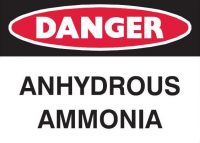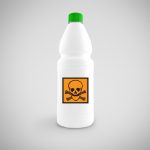Will You Be WOTUSed?
Who Gets WOTUSed? Do the waterbodies near where you want to either develop or expand meet the new definition of waters of the United States (WOTUS), requiring you to get a permit? Here are some things to consider. You Need to Get a Permit if the Water … Is currently in use, was used at […]










